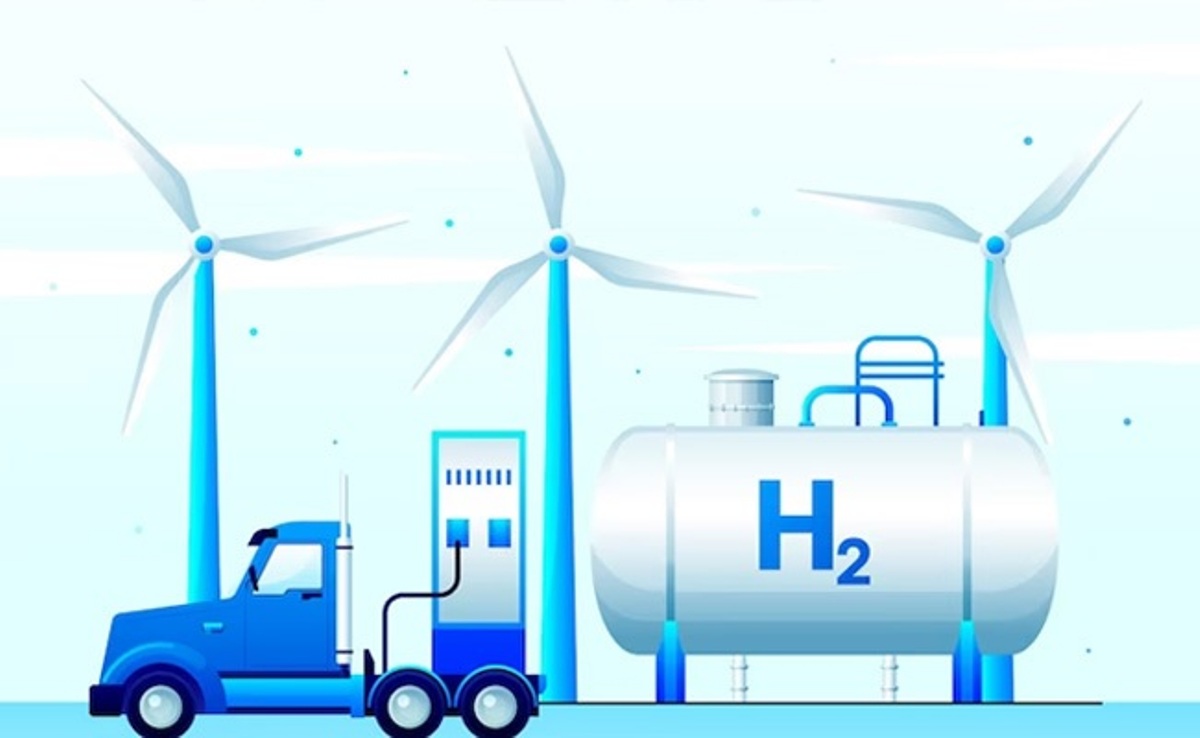
The global market for rheumatoid arthritis treatments is expected to grow at a CAGR of...
Learn More
Our consulting solutions address company specific challenges with respect to micro environment...
Learn More
Organizations frequently need day-today research guidancein order to gain strategic...
Learn More
Exploring different areas of market research and market analysis is a key factor...
Learn MoreAcute Market Reports presents the most extensive global business research services across industries. Our research studies focus on potential outcomes, benefits, and risks associated with each market segment across geographies. Having served our global clients for more than 10 years, our prime priority is to enable our clients in making well-informed business decisions through a data-driven, analytical, and uncomplicated research approach.
We provide access to the world's most comprehensive, analytical, and updated business intelligence services and solutions.




The steam reformer captive hydrogen generation market is expected to grow at a CAGR of 6.4% during the forecast period of 2025 to 2033. Steam reforming, also known as steam methane reforming, is the most common method used to produce hydrogen on a ...
Read More
Intelligent document processing (IDP) has emerged as a transformative technology, combining machine learning, natural language processing (NLP), and computer vision to streamline document-based processes. The IDP market is expected to grow at a CAGR ...
Read More
The humanoid robot market is expected to grow at a CAGR of 52% during the forecast period of 2025 to 2033. The humanoid robot market represents a cutting-edge segment of robotics, bringing machines closer to emulating human movements and functions. T...
Read More




